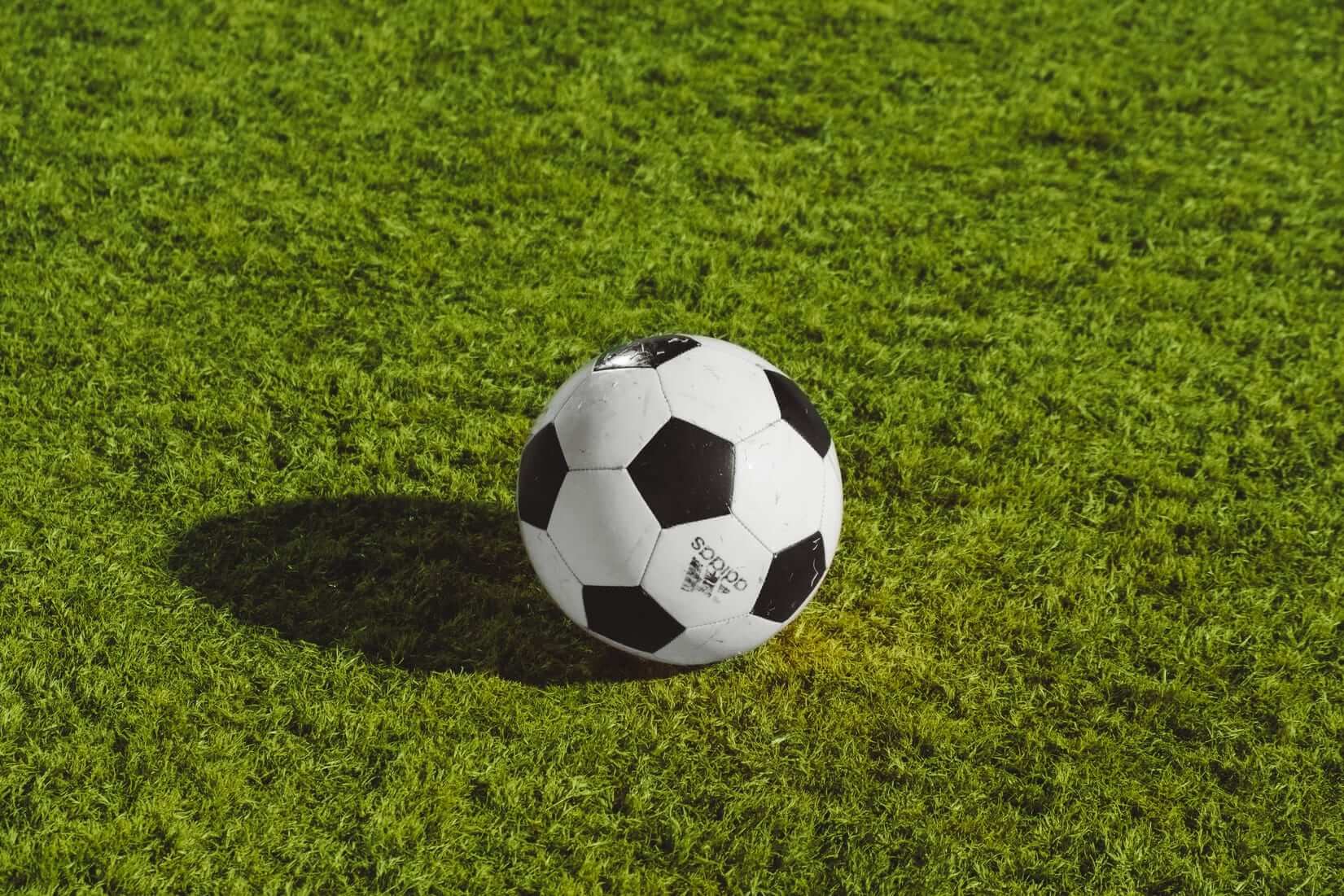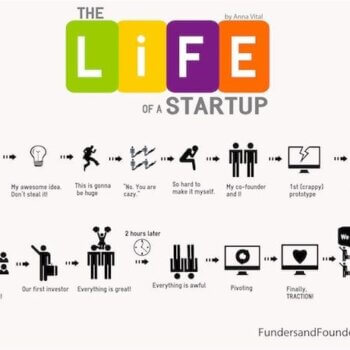The impact of the coronavirus pandemic on the sport sponsorship industry will have multiple consequences and, although these days most analyses focus on assessing the loss of income, it will also be necessary to take into account possible future investments required to manage the gradual return to a new normal.
Simply speaking, no sports events equal no benefits for sponsors from live events which is the basis of most organizations, whether that’s amateur or professional. No live sport means no live coverage and therefore sponsors do not have the foundations from which to launch their marketing, fan engagement, and all other activities associated with the rights and assets they’ve acquired. We have to remember that sport, especially elite or professional sports, has become more and more dependent upon corporate sponsors in recent years. Everyone used to say the sports business was insulated from a recession or a global crisis. That was as long as events were held, fans bought tickets, media wanted to broadcast, and brands wanted to market through sport. This crisis has changed all that.
Agreements will exist but cannot be delivered. Even if a sports event is postponed this may no longer be of the same value to the sponsors or indeed the venue, athletes, fans and many other stakeholders. Discussions will need to take place based on clauses in the contract, force majeure and goodwill. This means taking a look at the provisions in the agreement which will generally be covered in the force majeure clause. In many cases this clause will not tell the rights holders and sponsors what to do, but simply explain the consequences of not being able to correct the issue, in other words a breach or non-performance and how long the partner in breach will have to rectify the issue.
The other aspect is the wider definition of force majeure and whether this includes a pandemic like the coronavirus. After a quick review of some of the contracts I prepared for sponsors, there is reference to an epidemic or natural disaster as well as many other things, but not specifically on the word pandemic. On to Goodwill now. Sponsors and events or rights holders who have been in partnership for many years will not want to move too quickly. Strong relationships stand the test of time and in many cases pulling the emergency brake and terminating an agreement is not in the best interest of either party. Dialogue and working out what can be done based on the time frame, and the options will eventually lead to a revised partnership. This is still simplistic, but basically this is the starting point.

How do the sponsorship industry and stakeholders move forward?
Again, this depends on a number of key factors, some of them we don’t know a lot about. How long will the crisis last? Will governing bodies be able to support federations, tournaments, clubs, athletes etc.? Early reports suggest that there are big challenges for both the bigger and the smaller players in the industry, following the postponement of the Tokyo 2020 Olympics a figure of some £2 billion has been quoted as the cost of pushing back a year. Not to mention the impact on all the other sports events that were already due to take place in 2021. Even the German Football Association has estimated a loss of some fifty million euros, but the organization will remain solvent and be able to continue in business and the list goes on. Cash and cash flow are king for many businesses and sports organizations are no different.
“Following the postponement of the Tokyo 2020 Olympics a figure of some £2 billion has been quoted as the cost of pushing back a year”
The question is how long they can survive if the key revenue streams slow down or dry up altogether and nobody really knows at this point. What will happen is that people will need to assess the feasibility to reorganize events that have been postponed and the consequences for the next season or the next year. This will be a challenge as there are only 365 days in the sporting calendar (or 366 in 2020), but events like the French Open tennis championship already signaled a move to September and start less than a week after the US Open is due to finish. That would be an interesting challenge for example for Rafael Nadal who is defending champion of both events. So, Nadal would have to go from playing hard court to clay court in less than a week.
At a certain point in time, resources and dates in the calendar will run out and certain events are probably going to say: we’ll cut our losses, we’ll cancel the event this year and will aim for a restart in 2021. People will be forced to make choices and to be honest, there will be some winners and there’ll be some losers. No doubt, in these uncertain times there will be opportunities for some organizations to benefit more than others. The IOC, the International Olympic Committee, is a wealthy organization and has some partner agreements with companies like Coca-Cola well beyond Tokyo 2020. Others are less fortunate, and will probably have to release their rights or positions in the sports calendar to other parties who are able to deliver a tournament or an event at that particular moment in time. One of the challenges in modern sports business is the relationships and agreements that have grown over a long period of time and in some ways have prevented change or new events gaining entry into the market. Perhaps some of the governing bodies and rights holders will take a different view after this crisis, how to continue once the outbreak is under control and we can return to some normality.

Suzanne Lenglen Court” 2019 (CC BY-SA 2.0) by blieusong
Which sectors or areas of the sponsorship business should be most concerned? The big events or the local events?
Bigger events or bigger tournaments tend to survive better than smaller ones. As mentioned previously, the Olympics has more reserves than most, but just because they’re big does not mean that the impact is any smaller. Partly as a result of the 2008 financial crisis, Procter & Gamble did not extend its Olympic partnership beyond London 2012, but there were other business reasons as well.
If the English Premier League football season is not completed, the football clubs are estimated to lose as much as £750 million and the majority of that is coming from broadcast contracts that cannot be completed. But even if you look further down the food chain, suppliers and side events could suffer the most as they cannot simply recover the lost business. Even if there are more sports events in the second half of the year, assuming that we get the go-ahead to return to playing sport, many of the small businesses will not be able to take advantage as it would require hiring more people for a limited period of time before returning to the previous levels after the initial rush has passed. The whole chain, from sponsorship sales to event management and strategic advice, will be affected. Some agencies with the consultancy retainers might fare better than others but it will be tough to survive without some reduction in size.
“Even if there are more sports events in the second half of the year, many of the small businesses will not be able to take advantage as it would require hiring more people for a limited period of time”
How do you think sponsors will react and respond to this crisis?
For some sponsors contracts will simply terminate and disappear. Perhaps those with only a one-year agreement will let the contract expire and then they’ll wait and see what happens before making a new decision, but as we all know many contracts in the sponsorship business run for three or four years for the established leagues, tournaments and major sports events. Personally, I’d be very surprised if the sponsors would terminate their contracts early from the prestige or the premium events. Termination effectively means loss of any future potential rights or benefits and the chances of compensation are minimal to zero at the moment.
Secondly, this opens up the position to other brands who might be in a position to take a risk and get on board and after many years of building up a relationship why would you want to give your competitors the opportunity to get on board and take away something that you’ve built up for such a long period of time? Most organizations, rights-holders, federations are likely to consider make up rights for their sponsors or the possibility to extend the agreement by a year or so to allow the full package of rights to be delivered. The question will be at what cost for both parties? Not to mention all the other factors such as the athletes, fans, media partners, catering and hospitality and all those other suppliers who still need to realign with any future agreements to the sponsor and the rights holders might make.
For longer term sponsors, the dilemma might be to cut your losses and exit or the alternative is to stay for the long term and be seen as a real partner of the sport and all the fans that normally follow that sport. It depends a little bit on the type of sponsor, companies like Airlines are now fighting for survival. Can they really justify investing in sponsorship if they need to release thousands of employees? Marketing and sponsorship budgets tend to be a soft target, but there is a difference between termination early and just reducing the activation to a minimal or even non active level.
“Marketing and sponsorship budgets tend to be a soft target, but there is a difference between termination early and just reducing the activation to a minimal or even non active level”
If the benefits of the sponsorship are considered non-essential maybe entering a sleep mode for six months might be an option. It all depends on the contractual obligations and payments. Some sports organizations not only receive fees or cash from their sponsors, but also products and services which they need to run their daily business. Not having these products or services may be more critical for some organizations than others and that might also be an option for some sponsors to renegotiate their agreement. It could also be an opportunity for some sponsors in partnership with teams, clubs or leagues to demonstrate how much they value their fans, for example reducing ticket prices for the next season, offering buy now pay later deals for season tickets.

Back in the crisis of 2008 there was one particular sports league in America that offered to circulate the CV’s of people who were laid off from work to the 120 sponsors that were associated with their teams in the league to try and help get people back to work. So out of a difficult time sometimes you can also position yourself as a really valuable partner to help get business running again. Eventually, brands need to start marketing and they need to start selling. If sport is creative and can offer some practical solutions to get through the crisis or get out of the crisis, then this will help persuade sponsors to get more involved again but whichever way you look at it, it’s going to be a tough ride for everybody involved.
“If sport is creative and can offer some practical solutions to get through the crisis, this will help persuade sponsors to get more involved again”
Can we already start to estimate the potential financial impact?
It’s still very early, but we can make one or two comparisons to the financial crisis in 2007-2008, but this crisis is even bigger than that. Some of the estimates beyond the crisis, the financial crisis in 2007-2008 suggested that there was a 20, maybe 25 percent drop in the sponsorship market. In other cases, the market simply stalled and took several years to recover. The growth of mega broadcast deals since 2010 helped cushion some of the impact maybe of having less sponsorship revenue, specifically from the global events or sports with an international media footprint. As we all know the English Premier League has gone from strength to strength and now generates several billion pounds over a three-year cycle and as a result, many of those football clubs get some 70 or 80 percent of their income from their media deal and a lot less from their sponsorship.
“The growth of mega broadcast deals since 2010 helped cushion some of the impact of the financial crisis in 2008”
If we go back even further, we could even consider the terrorist attacks of September 9, 2011 in New York. A lot of things happened then, and we couldn’t travel for a while, but we could still work. Eventually, we started to pick things up again and people started to move around. One or two sports events had to be delayed and as a result of that we might be able to extract one or two learnings. We still feel the effects of the terror attacks in New York today, but it has now become part of our life, a way of life. What type of restrictions will be in place for the first sports event with 50,000 people in a stadium after the corona virus outbreak has died down? It’s very hard to say but you would expect there will be a sort of aftershock relating to public health and hygiene influencing how large crowds gather at live events in the future.
If we need to change the way we go to a sports event, the way that we behave at the sports event, the way that we even play, then somewhere there’s going to be additional costs for the organizers or maybe also for the participants. So perhaps it is not only a case of the lost revenue that the industry is witnessing at the moment but it’s also going to be a question of how much do we have to invest in the future in order to make sport a safe place to watch and to participate again.
“We might not be able to see or think about the advantages just yet, but hopefully sport will offer us new opportunities to grow again when this crisis is finally under control”
There is a small light at the end of the tunnel here though. Global sport is very resilient and there will be a recovery, that recovery might take some time but maybe some of the future gazing that we’ve done in recent years will now start to become reality. Technology could play a really important role for some people in how they reengage with sport which might create new opportunities both from a playing and a viewing perspective. No doubt we will still be discussing the impact for months and years to come. As our founder Johan Cruyff once said: ‘For every disadvantage, there is an advantage’. We might not be able to see or think about the advantages just yet, but hopefully sport will offer us new opportunities to grow again when this crisis is finally under control. Take care and be safe.
About the Author
This submitted article was produced by The Johan Cruyff Institute, which aims to educates athletes, sport and business professionals to become Leaders in Sport Management. see more.





























